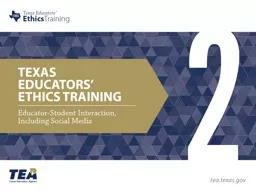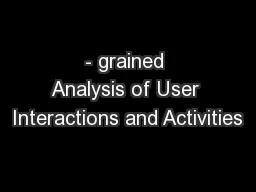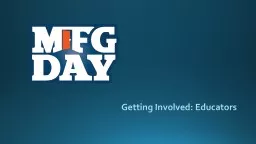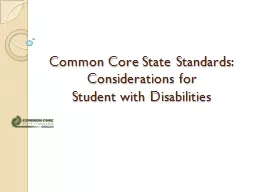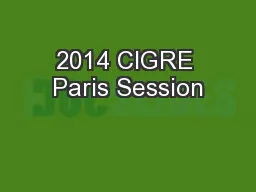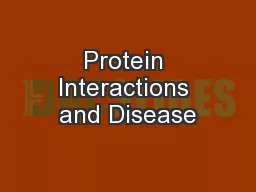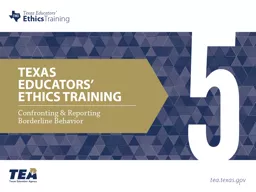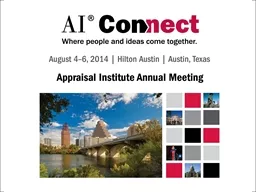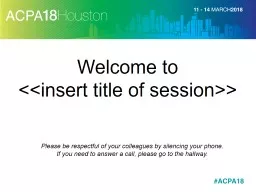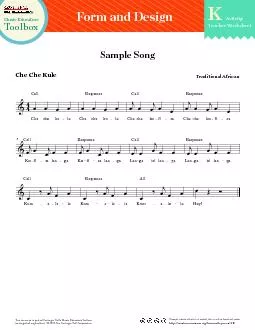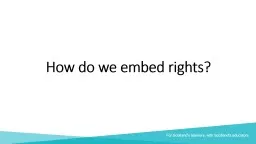PPT-Purpose The session will focus on interactions between educators and students, with a
Author : cheryl-pisano | Published Date : 2020-04-06
of socialelectronic media 2 Stimulating Thinking How does social media influence my work with students How do interactions with students influence laws and policies
Presentation Embed Code
Download Presentation
Download Presentation The PPT/PDF document " Purpose The session will focus on inter..." is the property of its rightful owner. Permission is granted to download and print the materials on this website for personal, non-commercial use only, and to display it on your personal computer provided you do not modify the materials and that you retain all copyright notices contained in the materials. By downloading content from our website, you accept the terms of this agreement.
Purpose The session will focus on interactions between educators and students, with a: Transcript
Download Rules Of Document
" Purpose The session will focus on interactions between educators and students, with a"The content belongs to its owner. You may download and print it for personal use, without modification, and keep all copyright notices. By downloading, you agree to these terms.
Related Documents

